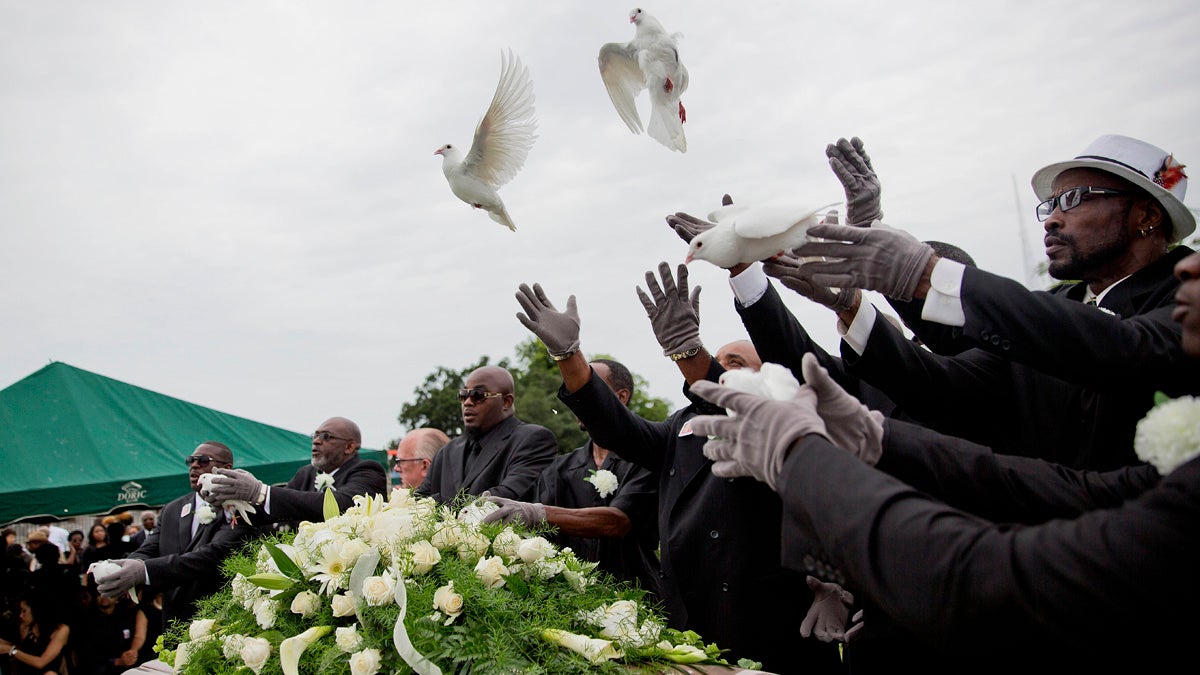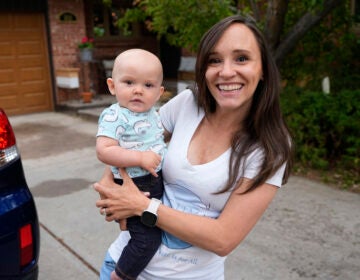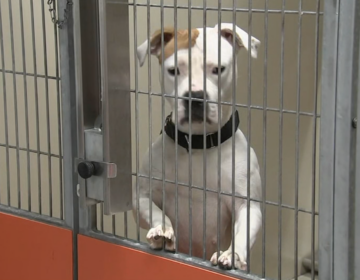In a time of bad news and good, it helps to hold on with both hands

Pallbearers are shown releasing doves over the casket of Ethel Lance during her burial service on June 25, 2015, in Charleston, S.C. It was the first funeral for the nine people killed in the shooting at Emanuel AME Church, (AP Photo/David Goldman)
The last week of June was one humdinger: funerals of those killed in mind-shattering racist violence in Charleston, the body count of domestic terrorism, victims of the Islamic State in France and Tunisia, Supreme Court rulings on health care and marriage. My heart almost didn’t know which way to go.
The last week of June was one humdinger.
Our shared life here in the U.S. saw the funerals of those killed in mind-shattering racist violence in Charleston, South Carolina, including the Hon. Rev. Clementa Pinckney laying in state in a building still sporting the Confederate flag. It led to learning even more, at least publically, about the incendiary racism that’s still being nourished, often in the shadows of the Internet.
We saw the body count of domestic terrorism reach new heights, while learning more about how the Islamic State can prey on those vulnerable to its cultish bubble. And we saw the effects in the dead in France and Tunisia.
Then in moments I found far more life-giving, the U.S. Supreme Court made rulings in the complex areas of health care and marriage. However it is you plug in to those things, both of the court’s decisions put front and center the reality that we’re interconnected as humans, and so our dignity as humans is interconnected, too. However the details are worked out from here, the way we want others cared for has to happen in the same sphere as how we’d like our own dignity cared for.
My heart almost didn’t know which way to go.
But then, in this, my own work, I found myself settling into the whole range of emotions — and feeling, for the moment, that it was ok just to be right there.
That doesn’t mean that there aren’t steps to take, conversations to have, and challenges to face. But it does mean that I can rest in the things known and the things unknown, the things light and the things dark, and not be driven by any of it. Moved, yes. Driven, no.
Being OK with lightness and darkness
Feeling this as part of my own being “human at work,” it made me think: Our work lives, too, hold lightness and darkness within us. Sometimes we need to learn from it, and sometimes we need to just be with it.
Some of us are better than others at sitting with the darkness within us. Some gravitate toward light easily, and some of us just can’t find it. And if you’re anything like me, it changes from day to day.
What benefit is there in holding our darkness and light in our work lives? Seems to be a pretty fruitful patch of garden to dig in. More and more, voices from psychology, spirituality, and even medicine tell us that happiness, as a state of being, is illusory — or, at best, fleeting. Better to seek contentment, which comes from being at peace with both light and dark, and to do so without judging ourselves.
And this affects our work lives. Whether you’re just making it through a difficult day with a painful memory knifing away at you — or if current events are breaking your heart or sending it soaring — being able to move back and forth between what seems positive and negative can actually help you be more whole.
What’s crucial is not judging the range. Feel it, but don’t give yourself a double whammy by feeling bad about … feeling bad. In their book “The Upside of Your Dark Side: Why Being Your Whole Self — Not Just Your ‘Good’ Self — Drives Success and Fulfillment,” authors Todd Kashdan and Robert Biswas-Diener point out that if we disown parts of our range of feelings, we keep ourselves from experiencing our wholeness. And that lack can inhibit our decisions and drive at work. It makes it harder to learn from our work experiences and thus harder to shape our future decisions.
Conversely, owning our whole range of feelings without judgment can leave us better equipped for work life. Kashdan and Biswas-Diener write: “People who are able to use the whole range of their natural psychological gifts — those folks who are comfortable with being both positive and negative and can therefore draw from the full range of human emotions — are the healthiest and, often, the most successful.”
It’s also my own experience that negative experiences in our past can, if we hold them alongside the light, become transformed into effective tools in our work lives. It’s not easy; we take a source of pain and, instead of inflicting more pain, use it to gain insight. As my wise aunt once told me, “You’ve turned your baggage into a tool box.”
She was being kind; I know it’s an ongoing process. But it’s a more hopeful — and contented — one.
So think about it: How does your work hold both your light and your darkness? Has a source of pain become transformed into a helpful tool?
WHYY is your source for fact-based, in-depth journalism and information. As a nonprofit organization, we rely on financial support from readers like you. Please give today.




